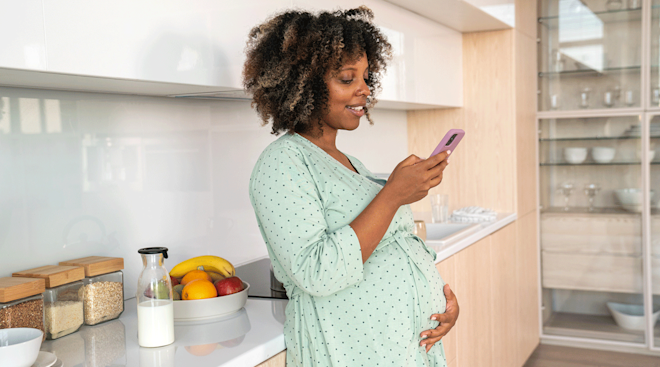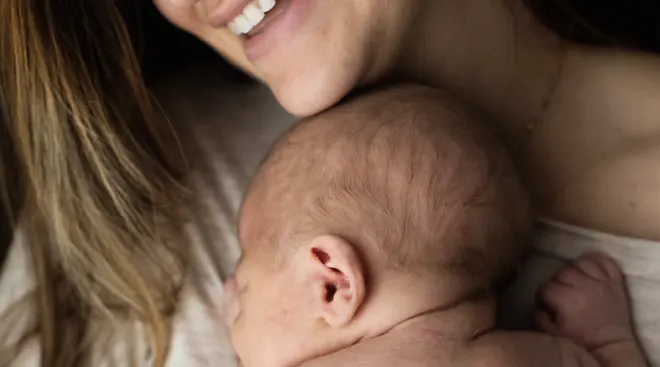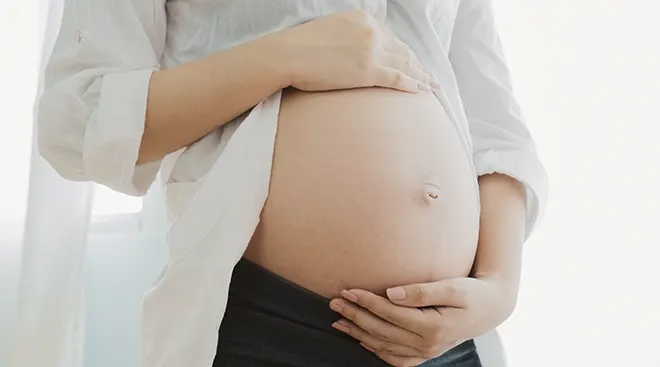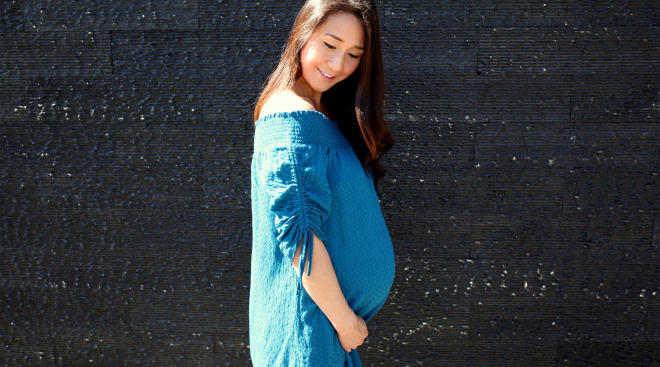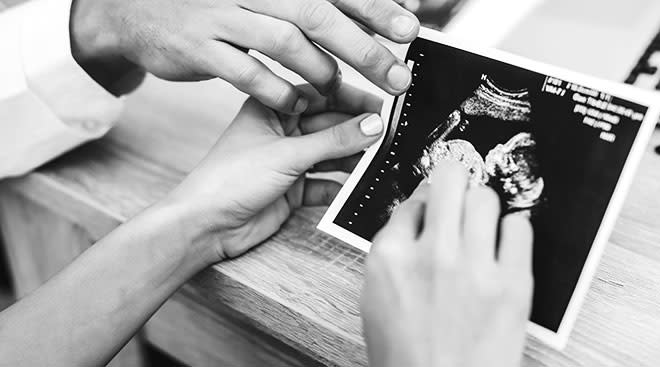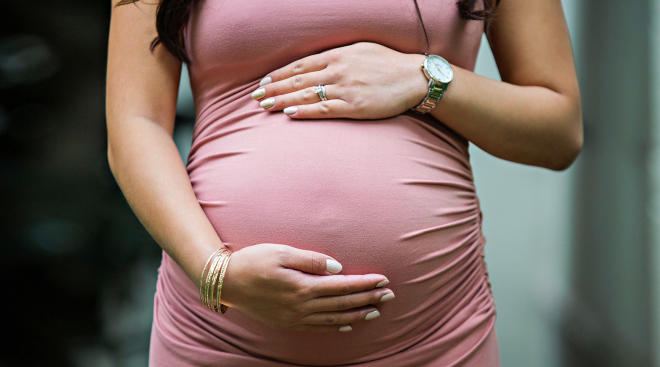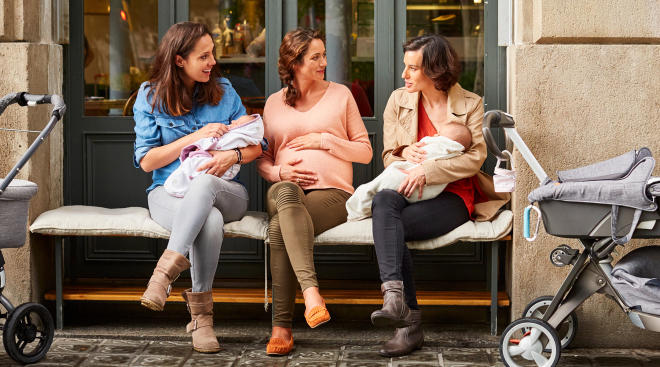Skeptical about an epidural? Cringing at the thought of natural labor? The latest birthing trend is your happy medium: laughing gas.
We know, we know, it sounds more like the dentist’s office than the delivery room. But it’s making its way back to the US (the practice of using nitrous oxide during labor has been used regularly in the UK since the 1930s), a few hospitals at a time. Last summer, Brigham and Women’s Hospital became the first in Boston to offer the service. Tufts Medical Center plans to soon follow suit. On the west coast, the University of Washington in Seattle has offered nitrous oxide for years.
The scarcity of the practice may be due to its fairly recent approval — nitrous oxide equipment wasn’t FDA-approved for the delivery room until 2011. And since then, doctors have had trouble coming up with a comprehensive list of who offers it and who doesn’t.
“Maybe 10 years ago, less than five or 10 hospitals used it [for women in labor],” Dr. William Camann, director of obstetric anesthetics at Brigham and Women’s Hospital, told The Boston Globe. “Now, probably several hundred. It’s really exploded. Many more hospitals are expressing interest.”
What’s the allure? Women administer the gas to themselves, taking as many breaths as they like, starting at the beginning of each contraction. Camann says it takes about 30 seconds to kick in and lasts for about 30 seconds after the mask is removed, eliminating the grogginess associated with other medications. Not to mention it’s inexpensive; nitrous oxide can cost as little as $100, compared to $1,000 epidurals.
Something to consider, though, is it doesn’t eliminate pain. “It immediately took my fear away and helped calm me down, though I could still feel the pain,” Megan Goodoien, who recently gave birth at the Minnesota Birthing Center, told ABC News. “I didn’t laugh because the labor was so intense, but I everything suddenly felt doable just when I thought I couldn’t make it anymore. It’s definitely a mental thing.”
“It’s used to just take the edge off the pain,” Dr. Errol Norwitz, chairman of the department of obstetrics and gynecology at Tufts Medical Center, told TODAY Parents. “There are some women who won’t need anything more… (but) having worked with it a lot, I will say that for most people, it doesn’t give adequate pain relief.”
Time will tell if the trend catches on. Right now, it’s estimated that only 1 percent of US women have used laughing gas during birth, compared to 62 percent in the UK.
Navigate forward to interact with the calendar and select a date. Press the question mark key to get the keyboard shortcuts for changing dates.


































